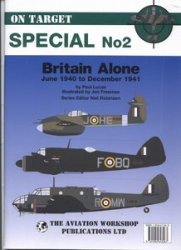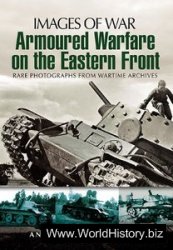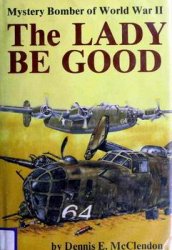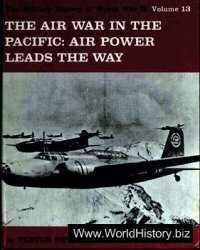The tank’s “present state of development,” of which Haig spoke as if it were the climate or some other act of God over which he had no influence, was largely due to the army’s indifference. Half the tanks carried only machine guns; the rest carried 6-pounder guns. As one commentator wrote:
They carried these particular guns because they were naval guns which the Admiralty found it possible to spare; the War Office did not find it possible to spare, or to make, any such armaments for tanks. In fact the War Office attitude to tanks was mainly confined to cancelling the orders given to construct them, whittling down the construction programmes when these were forced through by Cabinet Ministers, and staffing the Tank Corps with officers who had in some way gained a reputation for “difficulty.” Luckily this type of officer was, under the social conditions then reigning in the British Army, often the best available for a new arm developing new tactics.25
The Royal Navy, the motor trade, and the army all contributed talented individuals to the tank units. Their commander. Lieutenant Colonel Hugh Elies, combined both intelligence and valor in measures that seldom go together. He soon got J. F. C. Fuller, a middle-aged major, who was later to become one of the world’s foremost tank experts, as his chief staff officer.
Long before the tank reached a battlefield, its advocates were more or less agreed on certain essentials for its practical use. Months before the first tank action, Swinton advised that tanks should be deployed in a dawn attack “in great numbers and massed secretly. . .”; there must be no preliminary artillery bombardment, he said, because the ground captured must remain relatively undamaged so that ammunition and other supplies could be made available to the advancing forces.
Swinton was appalled when he heard of Haig’s intention to use just
Forty tanks to prop up his unsuccessful battle on the Somme. It would reveal the secret weapon to the Germans with no chance of a breakthrough. Haig responded to this argument with characteristic zeal. He got rid of Swinton and then replaced the tank unit commander with a man of his own choice. The tanks were not concentrated; they were issued to infantry units, as support, over miles of front. There were a few individual successes, but the chance of a great victory had been squandered. From now on the tank could promise local successes but could never again be expected to end the war.
Haig had thrown the tanks into his failing offensive, in spite of pleas from the War Minister and the Minister of Munitions: “Pawned to pay for a local success which might draw an encore from the public —and, incidentally drown the growing volume of criticism,” wrote Liddell Hart in his History of the World War, 1914-1918.
The first sight of tanks looming out of the mist was terrifying for German infantry and, although there was no breakthrough, there were many newsworthy stories of local success. This did little to endear the tank arm to the British brass hats. They resented the publicity that the tanks got and did everything to restrict the growth of the Tank Corps. The General Staff got the War Office to cancel an order for 1,000 new-model tanks and the War Minister was not informed. Artfully the War Office put opponents of tanks into the most crucial jobs concerning them.




 World History
World History









